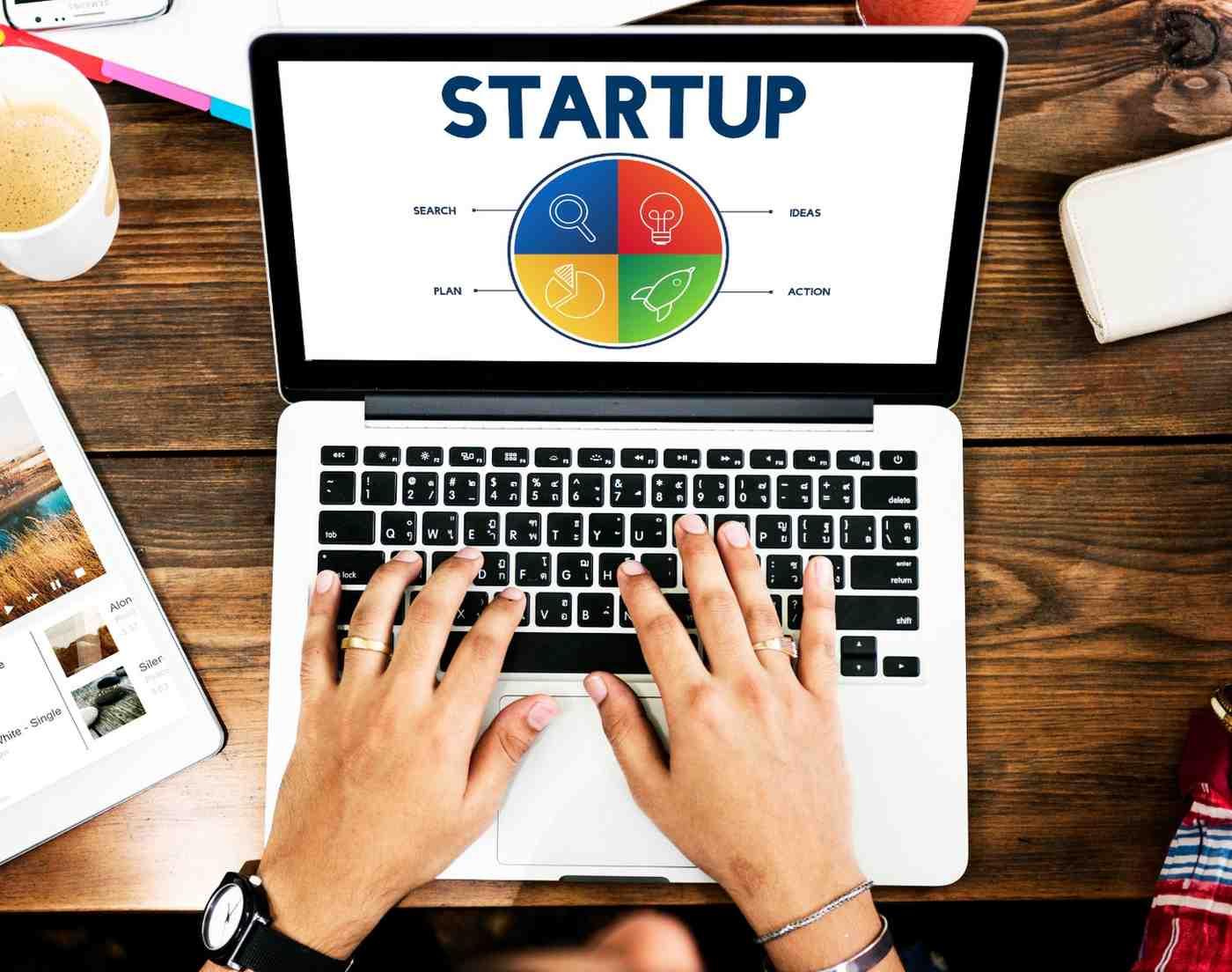Launching a startup is an exhilarating journey, but it comes with its fair share of challenges. One of the most critical steps in this journey is developing a Minimum Viable Product (MVP). An MVP allows you to test your business idea with minimal resources, gather user feedback, and make informed decisions for future development. This guide will walk you through the essential steps and considerations for successful startup MVP development.
1. Understanding the MVP Concept
An MVP is the most basic version of your product that still delivers value to your users. It focuses on core functionalities, enabling you to validate your business idea without investing in a full-fledged product. The goal is to learn about your users' needs and preferences with minimal effort and cost.
2. Identifying the Problem and Target Audience
Before diving into development, clearly define the problem your product aims to solve. Conduct thorough market research to understand your target audience's pain points, preferences, and behaviors. This step ensures that your MVP addresses a real need and resonates with potential users.
3. Defining Core Features
List all potential features of your product and prioritize them based on their importance in solving the identified problem. Focus on the "must-have" features that deliver the core value proposition. Techniques like the MoSCoW method (Must-Have, Should-Have, Could-Have, Won’t-Have) can help in this prioritization process.
4. Designing User-Centric Interfaces
A user-friendly interface is crucial for the success of your MVP. Create wireframes and prototypes to visualize the user journey and interface layout. Tools like Figma, Sketch, or Adobe XD can assist in this process. Conduct usability testing with a small group of users to gather feedback and make necessary adjustments.
5. Choosing the Right Technology Stack
Select a technology stack that aligns with your product requirements and future scalability plans. Consider factors like development speed, community support, and compatibility with your desired features. For instance, using React.js for the frontend and Node.js for the backend can offer flexibility and scalability.
6. Developing the MVP
Adopt agile development methodologies to build your MVP iteratively. Break down the development process into sprints, allowing for continuous feedback and improvements. Ensure that the development team is aligned with the product goals and user needs.
7. Testing and Quality Assurance
Before launching, rigorously test your MVP to identify and fix bugs or usability issues. Conduct both functional and user acceptance testing to ensure that the product meets the defined requirements and provides a seamless user experience.
8. Launching the MVP
Release your MVP to a select group of early adopters or through a soft launch. This approach allows you to gather initial feedback without exposing the product to the entire market. Monitor user interactions and collect data on usage patterns, engagement, and satisfaction levels.
9. Gathering and Analyzing Feedback
Implement feedback mechanisms such as surveys, interviews, and analytics tools to collect user insights. Analyze this data to identify areas of improvement, unmet needs, and potential new features. This feedback loop is vital for refining your product and enhancing user satisfaction.
10. Iterating and Scaling
Based on the feedback and data collected, make informed decisions on product enhancements and feature additions. Continue to iterate on your product, ensuring that each update aligns with user needs and business objectives. As your product matures, plan for scaling operations, infrastructure, and support systems.
Special Consideration: Trading Platform Software Development
Developing an MVP for a trading platform involves unique challenges, such as ensuring real-time data processing, robust security measures, and compliance with financial regulations. It's crucial to integrate features like live market feeds, secure transaction processing, and user-friendly interfaces tailored for traders. At FX31 Labs, we specialize in trading platform software development, offering expertise in building scalable and secure trading solutions that meet industry standards.
Conclusion
Building a startup MVP is a strategic process that requires careful planning, user-centric design, and iterative development. By focusing on core functionalities, engaging with your target audience, and continuously refining your product based on feedback, you can create a strong foundation for your startup's success. Remember, the MVP is not the final product but a stepping stone towards delivering a solution that truly resonates with your users.
